Your gray-muzzled companion may take a little longer to get up from their favorite spot these days, but their mind is far more capable than you might imagine. That old saying about not being able to teach an old dog new tricks? Science has thoroughly debunked that myth.
Dogs have neural stem cells, making new neural pathways from learning possible throughout their lives. Recent studies in canine cognition have revealed that dogs retain significant neuroplasticity – the brain’s ability to form new neural connections – well into their senior years. Research shows that dogs, like humans, maintain their ability to learn throughout their lives. The truth is, your senior dog’s brain remains remarkably adaptable, and learning new skills can be one of the most powerful gifts you give them in their golden years.
The Science Behind Senior Dog Learning
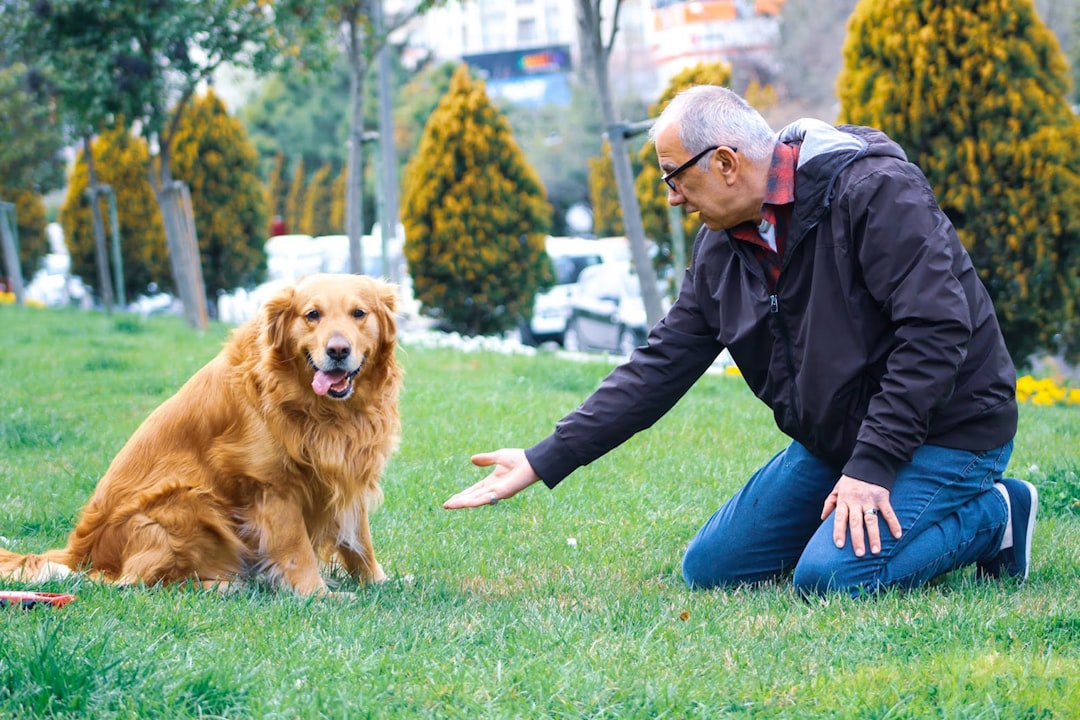
In the past 20 years, scientific understanding has revealed that although the juvenile period is especially suited to neuroplastic adaptation, there is hard neuroplastic change later in life as well. Neuroplastic changes continue to occur in the human brain throughout life. This groundbreaking research applies to our canine companions too.
The ability of the brain to change is called neuroplasticity. Research has shown human brains can reorganize in response to new memories, experiences, and learning. Dogs have neural stem cells, making new neural pathways from learning possible too. Think of your dog’s brain like a garden that never stops growing. While the soil might be a little different than in puppyhood, it’s still fertile ground for new experiences.
What happens when your senior dog learns something new is fascinating. Research shows that giving older animals mental exercise in the form of new problem-solving experiences, as well as exposing them to richer and different environments, helps to offset the usual decline in mental efficiency in senior dogs. Stimulating the mind in this way changes the physiology of the brain, creating new connections between existing neurons in the cortex as a result of experience.
Why Mental Stimulation Becomes More Critical With Age
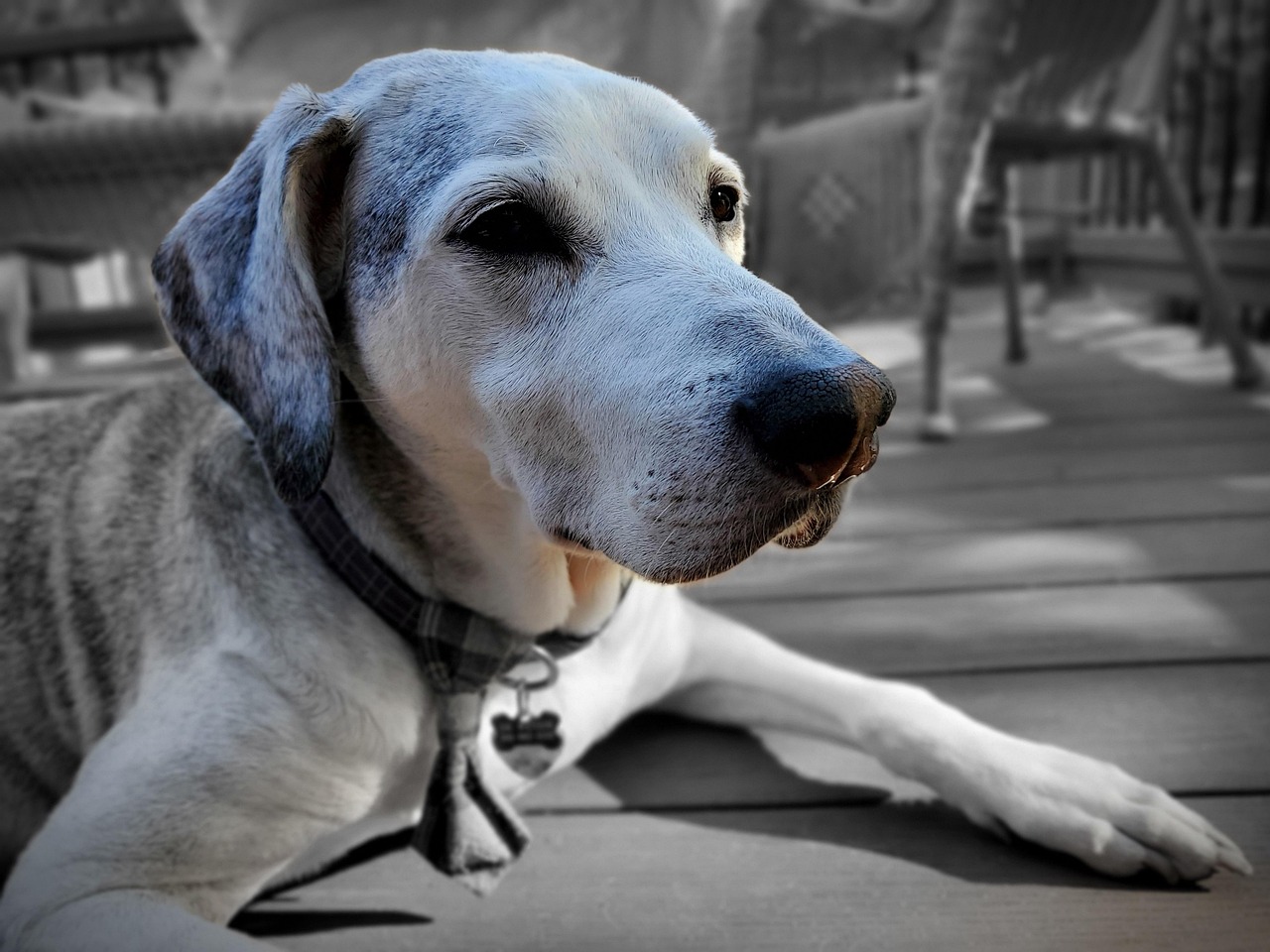
As our beloved canine companions age, they may experience cognitive decline, just like humans. In fact, 28% of 11-12 year old dogs, 68% of 15-16 year old dogs will show at least one marker of canine cognitive dysfunction. These numbers might sound alarming, but here’s the encouraging part: mental stimulation acts as a powerful shield against cognitive decline.
Mental stimulation is a powerful tool for maintaining and enhancing cognitive health in senior dogs. In fact, cognitive stimulation becomes more important as a dog ages. Cognitive stimulation can slow the progression of canine cognitive dysfunction (CDS), improve memory, and provide a valuable source of entertainment and engagement for dogs.
MRI scans of a dog’s brain have shown that they are very similar to a human’s brain as they age. Cortical atrophy (brain shrinkage) and ventricular widening occur with a lack of use. Just like muscles, brains need exercise to stay strong. When we challenge our senior dogs mentally, we’re literally helping preserve their cognitive architecture.
The Unique Advantages of Training Older Dogs
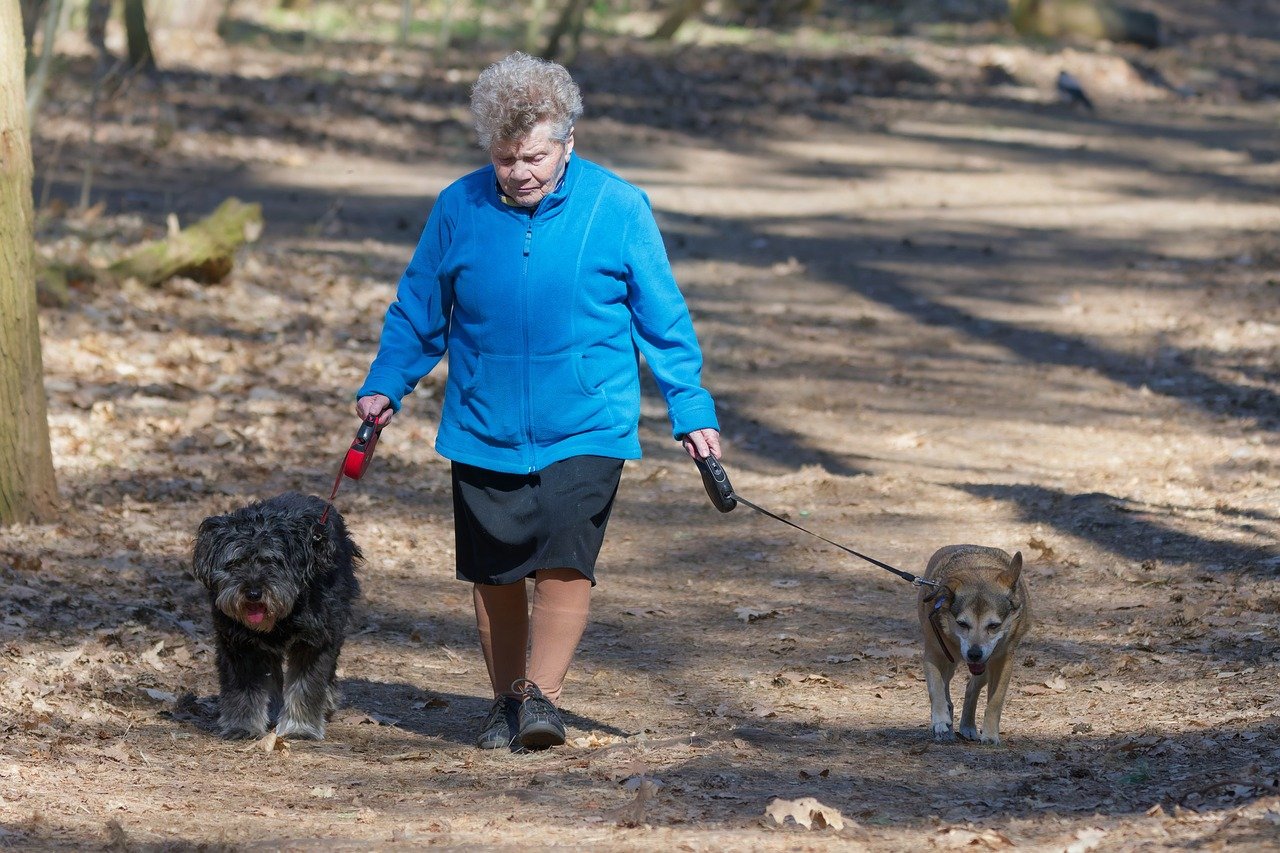
Here’s something that might surprise you: senior dogs can actually be easier to train than their younger counterparts in some ways. Contrary to the old adage, you can teach senior dogs new tricks – with adolescence out of their systems, they tend to focus pretty well on teaching moments.
Your senior dog has already worked through the distractions of puppyhood and the rebellious phase of adolescence. They’re calmer, more focused, and often deeply motivated to please you. Dogs that still feel useful and that they have a ‘job’ tend to keep a youthful outlook, much like humans who continue to stay engaged in activities after they retire. Training is a chance for fun one-on-one time with your dog that provides them with the attention they crave. Particularly for dogs trained with positive methods, training sessions are enjoyable time spent with their beloved owner.
Think of training sessions as quality time that strengthens your bond while keeping their mind sharp. Your senior dog craves that connection with you, and learning together creates meaningful moments that benefit both of you.
Recognizing Signs of Cognitive Decline
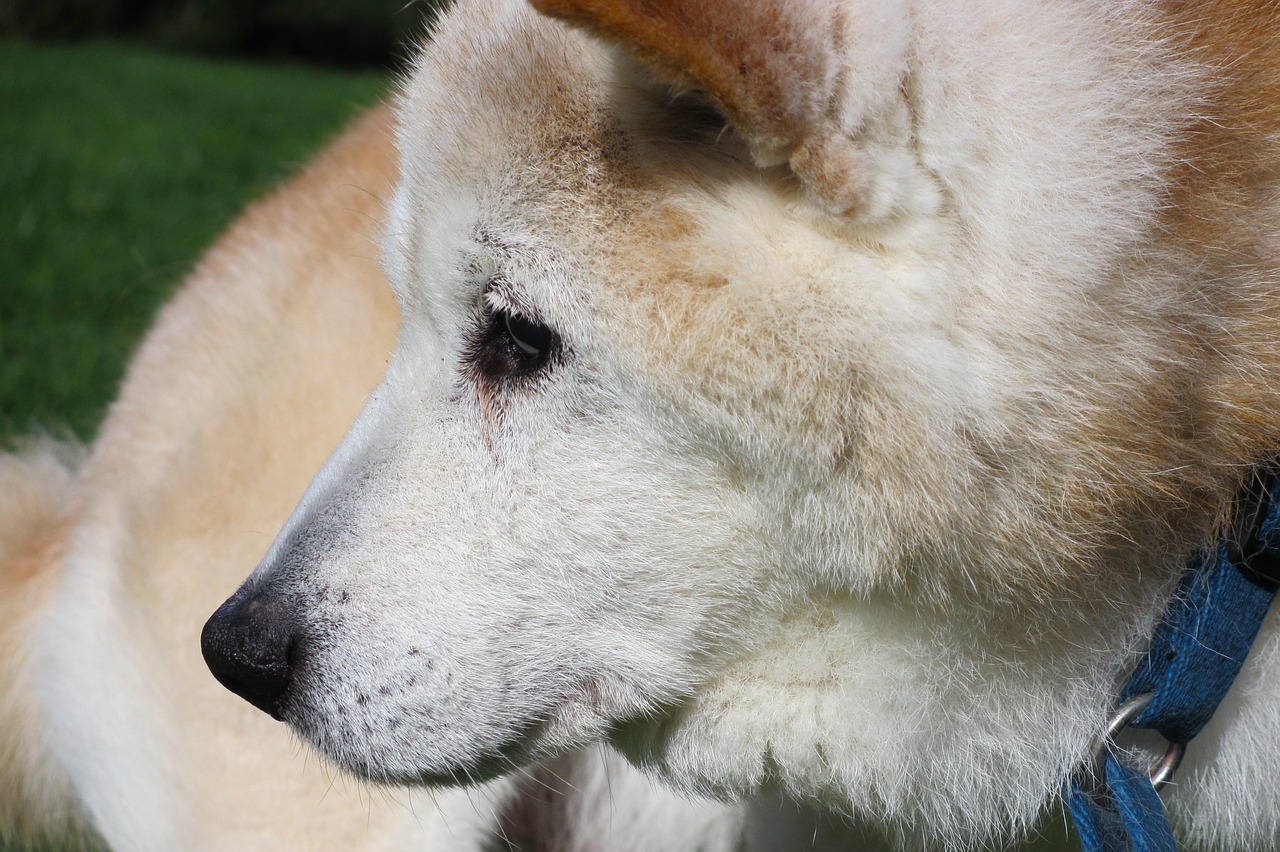
Before we dive into training techniques, it’s important to recognize the early warning signs that your dog might be experiencing cognitive changes. The acronym DISHAA has been historically used for the categories of clinical signs seen with cognitive dysfunction: Disorientation, alterations in social Interactions, changes in Sleep-wake cycles, loss of House training and other learned behaviors, altered Activity levels, and increased Anxiety. In dogs, the most common clinical signs include daytime sleeping and nighttime restlessness, decreased interaction, disorientation at home, and anxiety.
Watch for subtle changes in your dog’s behavior. Vision impairment, smell disturbance, tremor, swaying or falling and head ptosis were significantly associated with cognitive dysfunction. Physical signs gradually increased from 10 years of age. These results suggest that physical disturbances may appear in the early stages of cognitive dysfunction. Early detection matters because intervention is most effective in the beginning stages.
Treatment options for slowing or reversing cognitive dysfunction are most effective with early disease detection. If you notice any concerning changes, don’t dismiss them as “just getting old.” Schedule a veterinary checkup to rule out underlying medical issues and discuss cognitive support strategies.
Adapting Training Methods for Senior Dogs

Training your senior dog requires some adjustments, but the core principles remain the same: patience, consistency, and positive reinforcement work wonders. Teach everything in very short steps and work up to the ‘finished product.’ If you see any signs of your dog getting physically or mentally tired, stop for the day or a few hours until he has rested. Discover what really motivates their senior dog. Use whatever that is as a reward when training a new skill.
Do short lessons to encourage gradual learning through successive approximations. Remember that senior pets are often less active. Health issues like arthritis can also affect their attention and performance. Be prepared for your senior dog requiring more repetitions of the same lesson. Be patient and compassionate and always make sure you set them up for success!
Start with simple commands or tricks they can accomplish easily to build confidence. Maybe it’s a gentle “touch” command where they tap your hand with their nose, or learning to “find” their favorite toy. Success breeds success, and those small victories will motivate both of you to keep going.
Brain Games and Puzzle Activities

Mental puzzles are like crossword puzzles for dogs, keeping their minds sharp and engaged. Toys that require your dog to solve a puzzle or engage in problem-solving can help to keep his or her mind sharp. There are so many options for mental stimulation toys for dogs such as puzzle games, treat-dispensing toys, slow feeders, and more. Plus, you can try out DIY options such as scatter feeding or ice blocks with treats in them.
Puzzle toys are one of the best ways to provide a mental challenge for your dog. Most of these types of involving your dog working out how to get a treat from the toy. Choose puzzle toys for your senior dog that provide a challenge, but are not too difficult that they become frustrated. The key is finding that sweet spot where the puzzle is engaging but not overwhelming.
Take three paper cups or empty and cleaned yogurt containers. Punch a hole to allow the scent to more readily escape and let your dog watch your put a treat under one cup. After he catches on, knock the cup down for the reward. Then mix up the cups to let him choose and of course, let him have more than one try to find the treat. Hiding treats around the house is a fun idea to keep older dogs moving and thinking.
The Power of Scent Work for Senior Dogs
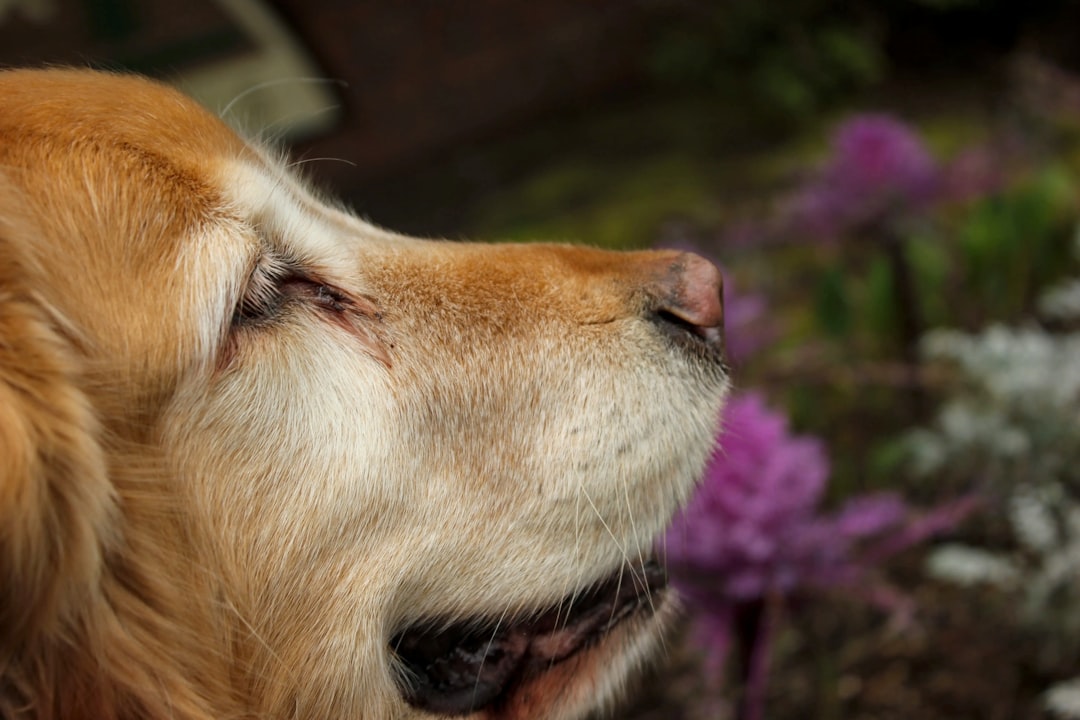
Your dog’s nose remains one of their most powerful tools throughout their entire life, making scent work an ideal activity for senior dogs. Opportunities to use their nose are great for senior dogs who may have limited mobility, so Sydney highlights a range of fun options, including sniffy walks (also known as a “sniffari”), nosework and a cup game.
An easy way to add some change and excitement is nose work. While your dog is in a sit/stay, hide a treat or toy, then release them to find it. (Cheering them on increases the excitement level.) Start simple by hiding treats in obvious places, then gradually increase the difficulty as your dog becomes more confident.
Engage your senior dog in scenting games such as hiding treats around the home or splashing a little beef stock around the yard. These activities tap into their natural instincts while providing gentle exercise and mental stimulation that doesn’t strain aging joints.
Creating a Supportive Learning Environment
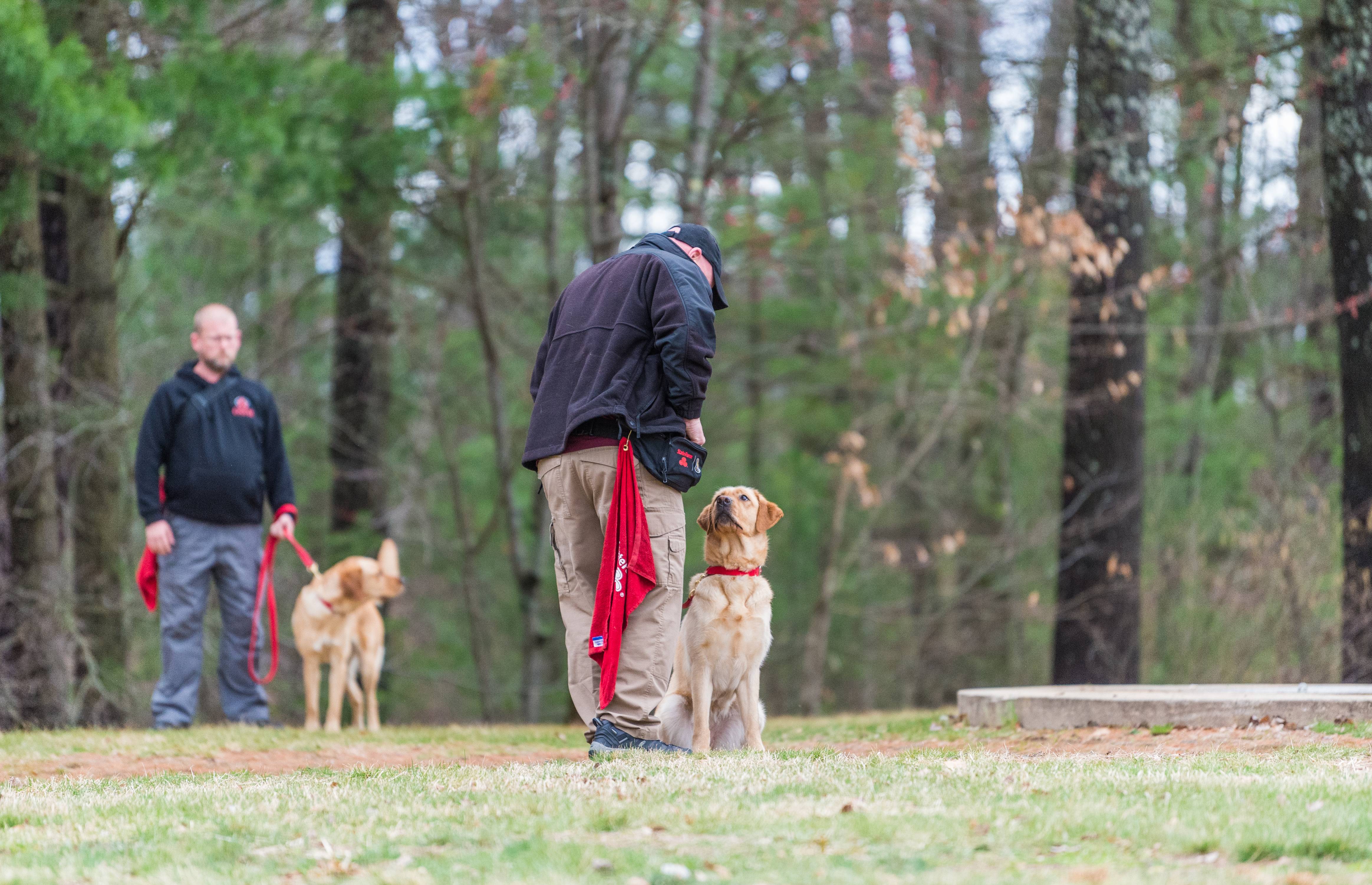
A lot of old dogs get what I call the ‘shrinking world’ syndrome. Their owners get in a rut with them; they start walking the dog less, and they don’t train the dog or teach them tricks. The dog doesn’t get as much stimulation and enrichment – maybe they stop taking the dog to the dog park – and there’s a significant decline in mental and physical challenges. Don’t let your senior dog’s world shrink!
Maintaining a regular routine can reduce anxiety, and providing regular mental stimulation and enrichment will help maintain cognitive functioning. Create a consistent schedule that includes training time, but be flexible enough to adapt to your dog’s energy levels and physical needs.
Before starting any new training program, it’s wise to have your vet give your dog the all clear. For some senior dogs, the physical demands of dog sports like agility or Flyball might be too much. But other canine athletes compete as seniors, although the jumps may be set lower than for younger competitors. AKC Trick Dog and AKC Rally are both great choices for older dogs. AKC Scent Work puts their noses to work, but it does not require long hikes or physically strenuous work – and you can even practice in your living room.
Your senior dog thrives on feeling useful and valued. With the right approach and patience, senior dogs can be taught new tricks, routines, and behaviors that stimulate their minds and significantly improve their quality of life overall and long term. Every small accomplishment builds their confidence and strengthens your bond.
Remember, your senior dog has spent years learning how to be the perfect companion for you. Now it’s time to return that gift by keeping their mind active, engaged, and growing. Scientific evidence clearly shows that old dogs can indeed learn new tricks. With patience, appropriate techniques, and consideration for their physical needs, senior dogs can continue learning and thriving throughout their golden years. The key is to maintain a positive, consistent approach while adapting training methods to suit their individual needs and abilities.
What do you think about challenging your senior dog with some new tricks? Tell us in the comments about the amazing things your gray-muzzled companion has learned!

Andrew Alpin from India is the Brand Manager of Doggo digest. Andrew is an experienced content specialist and social media manager with a passion for writing. His forte includes health and wellness, Travel, Animals, and Nature. A nature nomad, Andrew is obsessed with mountains and loves high-altitude trekking. He has been on several Himalayan treks in India including the Everest Base Camp in Nepal.






